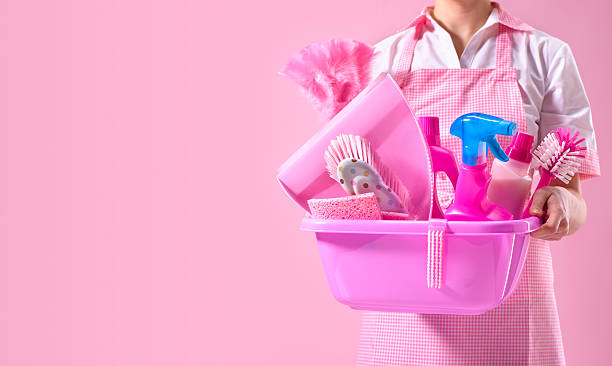Mold, a microscopic organism, is ubiquitous in the environment, and under the right conditions, it can proliferate within homes and businesses. While some molds are harmless, others pose health risks and can compromise the structural integrity of buildings. In this blog, we delve into the importance of proper mold removal and remediation, emphasizing the critical role it plays in maintaining a healthy indoor environment.
Health Concerns:
- Respiratory Issues: Mold spores can trigger allergic reactions and respiratory issues in susceptible individuals. Prolonged exposure may lead to asthma, sinusitis, or other respiratory conditions.
- Immune System Impact: Individuals with compromised immune systems, such as the elderly and those with pre-existing health conditions, are particularly vulnerable to the health effects of mold.
Structural Integrity:
- Deterioration of Materials: Mold can compromise the structural integrity of buildings by feeding on and breaking down organic materials such as wood, drywall, and insulation.
- Weakening Foundations: Prolonged mold growth can weaken the foundations of structures, leading to costly repairs and, in extreme cases, structural failure.
Preventing Further Spread:
- Rapid Containment: Proper mold removal includes strategies to contain the spread of spores during the removal process. This prevents cross-contamination to unaffected areas.
- Isolation Techniques: Remediation professionals employ isolation techniques, such as sealing off affected spaces and using negative air pressure, to limit the movement of mold spores.
Indoor Air Quality:
- Mold Spores in the Air: Mold releases spores into the air, affecting indoor air quality. Inhalation of these spores can lead to respiratory issues and other health concerns.
- Air Filtration: Remediation involves air filtration methods to remove mold spores, improving indoor air quality and creating a healthier living or working environment.
Identification of Hidden Mold:
- Thorough Inspections: Professional mold removal involves thorough inspections to identify hidden mold in areas that may not be immediately visible.
- Invasive Techniques: Remediation experts use invasive techniques, such as moisture meters and thermal imaging, to detect hidden mold behind walls, ceilings, or within HVAC systems.
Mold Removal Techniques:
- Safe Removal Practices: DIY mold removal can lead to the release of spores and improper handling of contaminated materials. Professional remediation employs safe removal practices to minimize risks.
- Protective Gear: Remediation professionals wear protective gear, including masks and suits, to safeguard against exposure to mold and its potential hazards.
Preventing Recurrence:
- Identifying Moisture Sources: Mold thrives in damp conditions. Remediation includes identifying and addressing the moisture sources that contribute to mold growth.
- Educating Property Owners: Remediation professionals educate property owners on preventive measures to reduce the risk of future mold infestations.
Legal and Regulatory Compliance:
- Adherence to Regulations: Professional mold removal ensures adherence to legal and regulatory standards governing mold remediation practices.
- Documentation: Remediation companies provide documentation of their processes, supporting property owners in meeting legal requirements and potential insurance claims.
Preserving Property Value:
- Maintaining Property Value: Timely and proper mold remediation helps preserve the value of properties. Mold-free homes and businesses are more attractive to buyers and tenants.
- Avoiding Financial Loss: Neglecting mold issues can lead to financial losses associated with property devaluation and the cost of extensive repairs.
Peace of Mind:
- Restoring Confidence: Professional mold removal provides property owners with confidence in the safety and habitability of their spaces.
- Peace of Mind: Knowing that mold issues have been thoroughly addressed allows occupants to enjoy their homes or workplaces without the looming concerns of health risks or structural damage.
Conclusion:
Proper mold removal and remediation are essential for safeguarding both the health of occupants and the integrity of structures. Investing in professional remediation not only addresses existing mold issues but also prevents future problems, providing a foundation for a healthy and sustainable living or working environment.





